| T O P I C R E V I E W |
| Xavier |
Posted - 10/12/2012 : 21:57:27
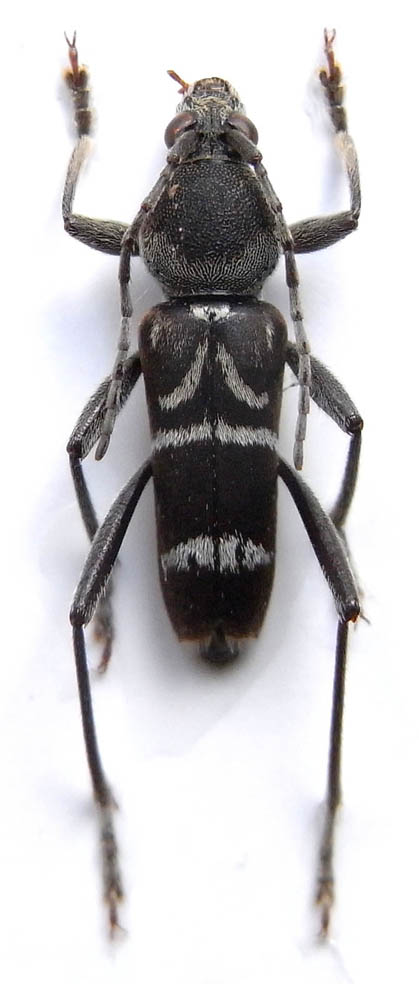
8 mm, Croker Range, Bornéo, Malaisie.
Un Chlorophorus je pense, que l'on m'a donné déterminé comme C. lituratus (Castelnau & Gory, 1841).
Mais selon la base Titan, cette espèce n'est distribuée qu'en Inde.
Quelqu'un reconnait-il cette espèce ? |
| 11 L A T E S T R E P L I E S (Newest First) |
| Xavier |
Posted - 11/11/2020 : 18:28:19
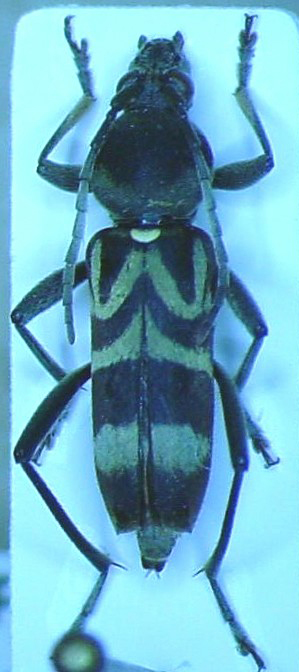
132.35 KB
This one seems to be Chlorophorus moultoni Aurivillius, 1911.
|
| Andre |
Posted - 29/12/2012 : 13:29:27
hallo Xavier, the picture is ok. I´m shure, that we have the same spec., maybe C. lituratus. I will look for a male of a "shure" C. lituratus.
The picture`s from the Genitalapperates is better 1-2 day`s in lacticum acidum (Milchsäure) and than make`s the picture inside from this. |
| Xavier |
Posted - 29/12/2012 : 10:25:48
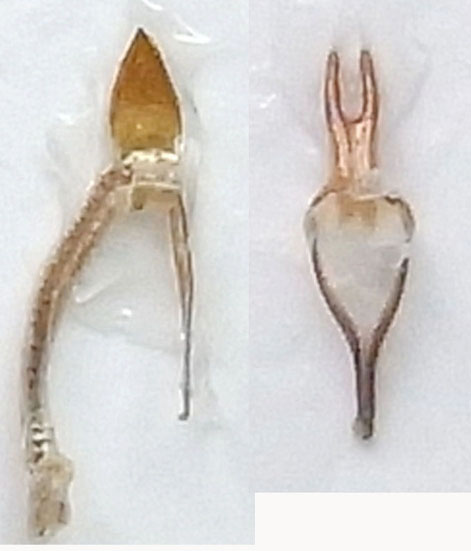
Here the genitalia of my specimen. I'm sorry, but I did the best with my poor material.  . I try again... . I try again... |
| Xavier |
Posted - 28/12/2012 : 10:21:49
I try to find aedeagus and paramere, and make picture (ventral view) to compare. |
| Andre |
Posted - 27/12/2012 : 20:36:28
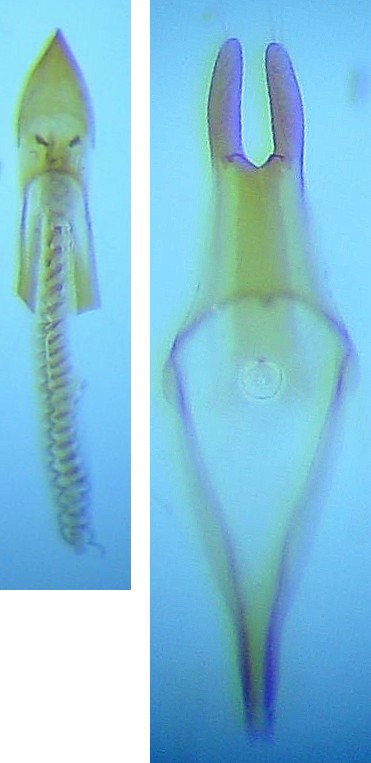
Maybe can help a picture from the aedeagus and the paramere (ventral view) of the "second" spec.
This male without differences in the pattern of lines.
Unfortunately, I have no male of C. lituratus. I think it is a different spec., but Dan to be right, we must see a long series.
Maybe give`s a picture of the Genitalapperatures of C. lituratus? |
| dryobius |
Posted - 26/12/2012 : 17:38:30
In Laporte, it only mentions "Indes-Orientale" as origin.
I have not found any other literature references for this species, but I have not looked with great effort.
I have had the fortune of examining many Clytini, including numerous Chlorophorus from Sabah. What we are calling "C. lituratus" is not rare. I think the differences in the patterns on the illustrated specimens are almost insignificant. The unusual curvature of the hind tibia is perhaps just a simple defect when the body sclerotized.
As always, a long series of a species can be very useful. |
| Xavier |
Posted - 26/12/2012 : 10:07:28
Thank you Dan.
My question was just about " Inde, Indes orientales" for the country of the original description by Casteneau & Gory.
If "Indes orientales" means now "Borneo", it's ok for Chlorophorus lituratus (Castelnau & Gory, 1841).
About the 2nd specimen post by Andre : hind tibias are curved and body's pattern is different, but without more material... |
| dryobius |
Posted - 25/12/2012 : 05:14:25
I think all three specimens which are in the photographs are probably (not 100% sure) the same species... C. lituratus.
The first specimen is possibly missing a lot of white pubescence on the elytra.
The 2nd and 3rd specimen have very similar patterns. Clytini frequently have variable patterns, and these two patterns are very close.
I don't know of any other species from Sabah that can be confused with C. lituratus. C. lituratus is common in Sabah. |
| Xavier |
Posted - 22/12/2012 : 10:49:26
 A little "up" for Dan ... A little "up" for Dan ... |
| Xavier |
Posted - 15/12/2012 : 13:37:47
Thanks a lot Andre; I'm agree with you, we can see also that pattern of elytra is different. I check Chlorophorus species known from Borneo... |
| Andre |
Posted - 15/12/2012 : 11:59:24
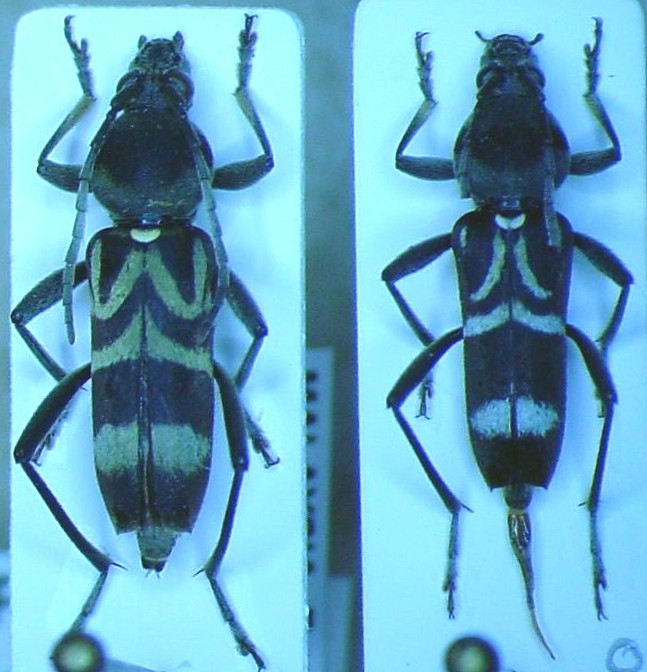
hallo Xavier.
I think in the left side is C. lituratus from Trus Madi.
The spec. from the right side (also Trus Madi) is perhaps another spec. Very similar, but the hind tibia is in C. lituratus in the last half a little bit curved. In the right spec. is the hind tibia completely straight.
Unfortunately, I have no male from C. lituratus, so I can not check the morphology of the genitals. |


